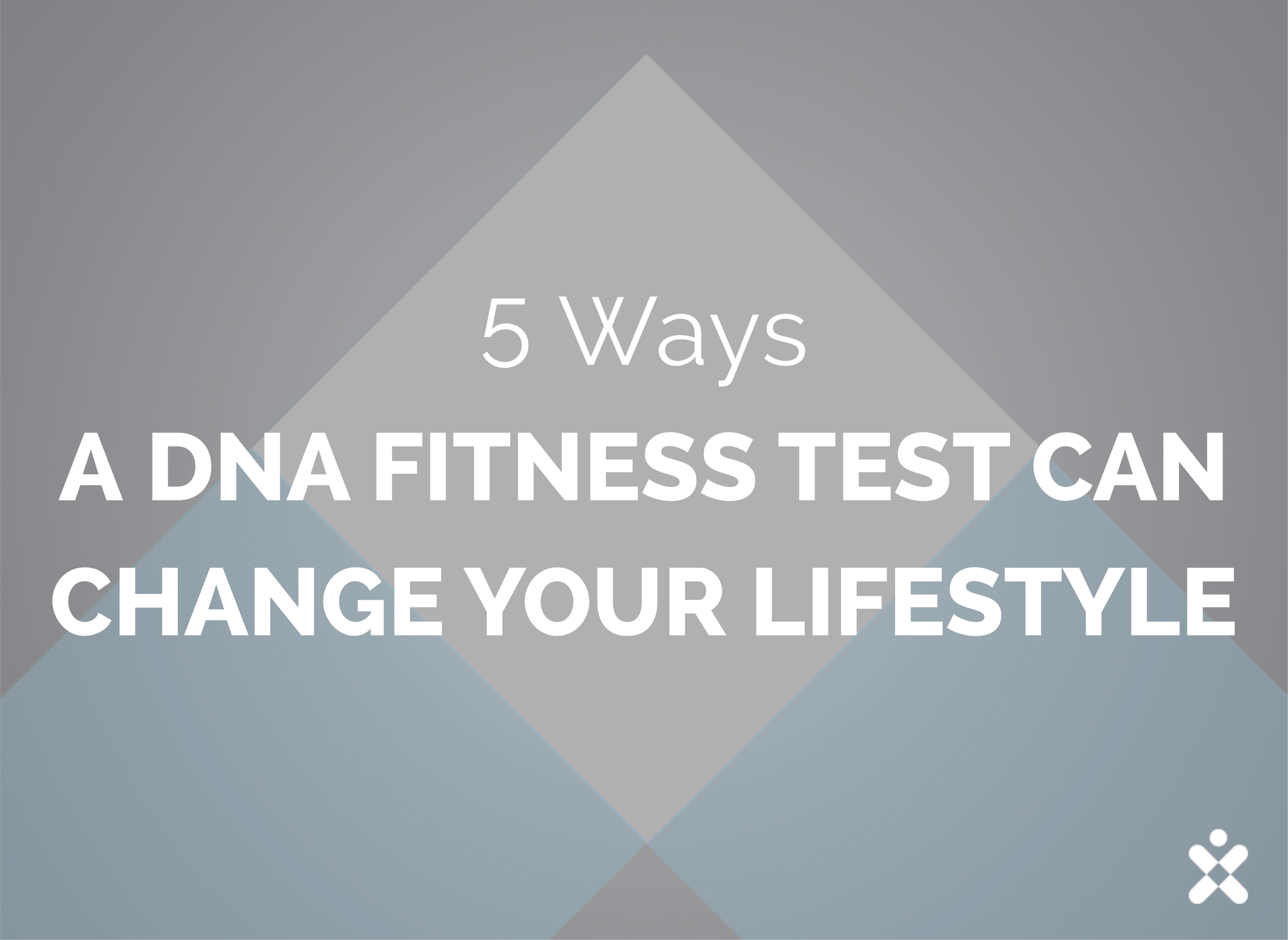Food sensitivity afflicts a significant proportion of the population, yet many food sensitivities continue to go undiagnosed.
Unexplained physical symptoms can often be attributed to the presence of a food sensitivity, but without proper food sensitivity testing, it may be nearly impossible to draw that conclusion.
If you’ve noticed that you’ve regularly been experiencing some common food sensitivity symptoms and haven’t been able to identify any other conditions as the cause for those symptoms, a food sensitivity test may be an excellent option.
Even if you haven’t, though, this doesn’t necessarily mean you’re free of any food sensitivities. Rather, your symptoms may just be mild enough for you not to notice.
If you’ve been wondering exactly what food sensitivity testing is or trying to decide whether it’s right for you, these five things you need to know about food sensitivity testing will clear up any confusion.
1) Food Sensitivity Symptoms
A particular food doesn’t necessarily always cause the same sensitivity symptoms in everyone, and symptoms also vary among different foods, so it’s very difficult to diagnose a food sensitivity strictly based on symptoms.
Additionally, symptoms may take up to 48-72 hours after consumption to appear, making it even more difficult to correlate symptoms with any one food or food type.
Many individuals are sensitive to more than one food—if they are regularly consumed at the same time, identifying the correlated foods and symptoms is even more difficult.
However, the symptoms most often experienced due to a food sensitivity reaction include:
Nausea
Bloating
Abdominal pain
Diarrhea
Headaches
Constipation
Skin reactions
Fatigue
Cramps
Gas
Reflux
It’s also important to remember that just because you haven’t noticed any of these symptoms, it doesn’t mean that you don’t have any food sensitivities or that food sensitivity testing can’t be useful for you.
Because food sensitivity symptoms are often not experienced until hours or days later, they can be extremely difficult to correlate with one another.
2) Most Common Food Sensitivities
Nearly any food or group has the potential to elicit a sensitivity response. However, some foods are much more frequent offenders than others.
Dairy products are among the most common food sensitivities, thanks to an inability to adequately break down and process lactose, the primary sugar present within milk. Individuals with lactose intolerance may be able to tolerate some dairy products, though, depending on the amount of lactose present.
Less commonly, dairy food sensitivities may be due to trouble digesting casein, the primary protein present in these products.
Gluten is another common offender that has recently gained notoriety in the food sensitivity world. Gluten sensitivity is a more moderate condition than either celiac disease or a wheat allergy, but it can certainly cause discomfort and shouldn’t be dismissed.
FODMAPs (fermentable oligosaccharides, disaccharides, monosaccharides, and polyols), a group of molecules that includes regularly encountered sugars such as fructose, are difficult to digest and often cause sensitivity responses, especially in individuals with irritable bowel syndrome.
Xylitol, maltitol, and other sugar alcohols commonly used as alternative sweeteners also fall into this category.
3) Food Sensitivity Testing Costs
The cost of food sensitivity testing will vary depending on which testing method you choose. Even among similar testing methods, costs can vary widely, so it’s extremely important to do your research and make sure the method you choose fits your budget. For example, home testing methods can range anywhere from around $50-$100, up to $600 or more.
Beware of any deals or coupons you find on popular online coupon marketplaces—though they offer cut-rate food sensitivity testing, the science behind their testing methods is often dubious, at best. Additionally, they’re usually just a tactic to lure you into buying other unnecessary, unproven, and unrelated “food sensitivity treatment” services. Don’t be fooled by the enticing prices, though, because you won’t actually gain any useful insights or information from these pseudoscientific tests. You’re much better off waiting to undergo food sensitivity testing when you’re able to afford it from a reputable source.
Food sensitivity testing may also be partially or completely covered by your health insurance plan, so it’s worth at least checking it out. Home testing methods are usually much less likely to be covered by insurance than testing conducted by a health professional on-site, so keep that in mind while deciding whether an at-home method is right for you.
It only takes a minute to contact your health insurance provider but could potentially result in huge savings or even free testing, so don’t overlook this option!
4) Which Foods Are Tested?
The foods you’ll be tested for will vary broadly depending on the specific test you choose to use. Tests may claim to examine anywhere from 50-100 foods and ingredients, all the way up to several hundred common stressors. While the specific foods tested will vary by test, the majority of the most common food sensitivities within each of the major food categories will be tested by all reputable tests: dairy, grains, fruits, vegetables, meat, seeds and nuts, seafood, and spices. However, if you’re concerned or have reason to believe you have a sensitivity to a specific, less common food or substance, make sure to review the list of tested substances to ensure it will be tested.
Food sensitivity testing that examines a greater number of foods often comes with a higher price tag, so keep that in mind when you’re deciding which is the right option for you.
Overall, though, if you’re shelling out the cash, it’s worth investing in the most comprehensive food sensitivity test that your budget will allow. You may have a sensitivity to one or more less common foods or ingredients, so utilizing a less comprehensive test may provide misleading results.
5) When To Take A Food Sensitivity Test
Food sensitivity tests often require a bit of preparation to ensure the results are dependable and accurate, so it’s extremely important to make sure you’re aware of and follow all the test’s instructions. For example, tests often stipulate that you abstain from certain substances such as steroids due to their ability to interfere with immune system responses. Antibiotics and antihistamines may also be on the list of restricted substances for that same reason. However, you should not alter or halt any of your currently prescribed medication regimens without discussing it first with your primary care provider. If your test is examining other, non-food sensitivities, you may need to abstain from those, as well.
Moreover, if you’ve eliminated one or more foods from your diet that you have suspected of causing a sensitivity response, you’ll likely need to reintroduce them into your diet to gain accurate results from your test. It’s important to add them back into your diet far enough in advance, too, so be sure to check your test’s instructions to find out the required time frame. Failing to mind this requirement may result in false negatives from your test, which both wastes your time and money and impacts the effectiveness of any diet changes you employ based on your results.
Food sensitivity testing provides valuable information that has the potential to further augment your current health and fitness protocol. Don't create bigger obstacles in your fitness journey by following fitness fads that don’t work, contact us now for an expert consultation and to book your scan today!













How can hydrostatic body fat testing benefit you? Find out the pros and cons of hydrostatic weighing to decide whether or not this method is right for you.